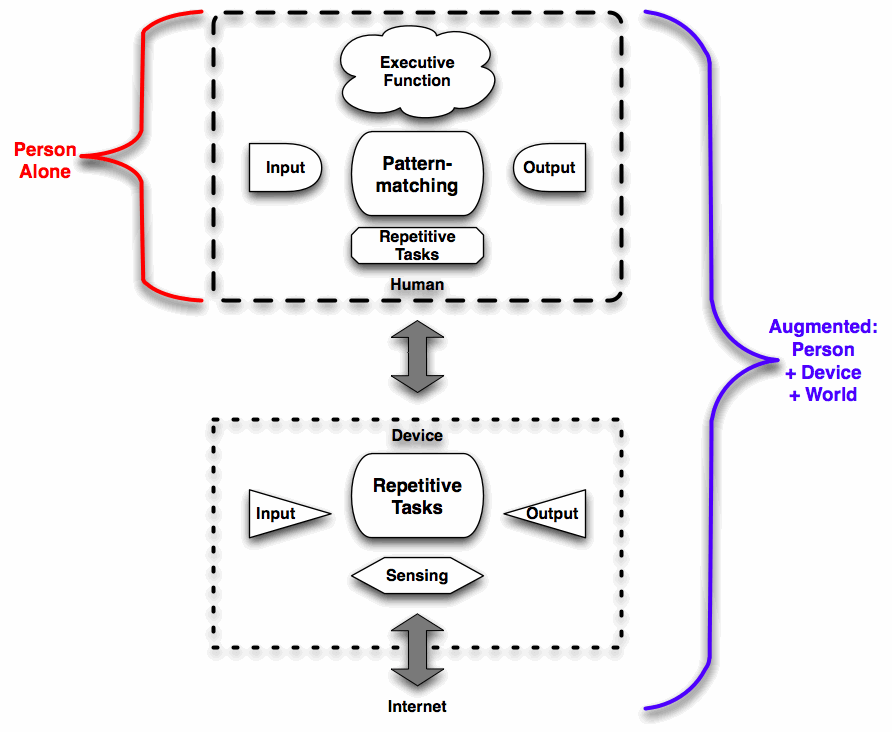Well, it turns out I was wrong. I like to believe it doesn’t happen very often, but I do have to acknowledge it when I am. Let me start from the worst, and then qualify it all over the place ;).
In the latest Scientific American Mind, there is an article on The Pluses of Getting It Wrong (first couple paragraphs available here). In short, people remember better if they first try to access knowledge that they don’t have, before they are presented with the to-be-learned knowledge. That argues that pre-tests, which I previously claimed are learner-abusive, may have real learning benefits. This result is new, but apparently real. You empirically have better recall for knowledge if you tried to access it, even though you know you don’t have it. My cognitive science-based explanation is that the search in some ways exercises appropriate associations that make the subsequent knowledge stick better.
Now, I could try to argue against the relevance of the phenomenon, as it’s focused on knowledge recovery which is not applied, and may still lead to ‘inert knowledge’ (where you may ‘know it’, but you don’t activate it in relevant situations). However, it is plausible that this is true for application as well. Roger Schank has argued that you have to fail before you can learn. (Certainly I reckon that’s true with overconfident learners ;). That is, if you try to solve a problem that you aren’t prepared for, the learning outcome may be better than if you don’t. Yet I don’t think it’s useful to deny this result, and instead I want to think about what it might mean for still creating a non-aversive learner experience.
I still believe that giving learners a test they know they can’t pass at best seems to waste their time, and at worst may actually cause some negative affect like lack of self-esteem. Obviously, we could and should let them know that we are doing this for the larger picture learning outcome. But can we make the experience more ‘positive’ and engaging?
I think we can do more. I think we can put the mental ‘reach’ in the form of problem-based learning (this may explain the effectiveness of PBL), and ask learners to solve the problem. That is, put the ‘task’ in a context where the learner can both recognize the relevance of the problem and is interested in it. Once learners recognize they can’t solve the problem, they’re motivated to learn the material. And they should be better prepared mentally for the learning, according to this result. While it *is*, in a sense, a pre-test, it’s one that is connected to the world, is applied, and consequently is less aversive. And, yes, you should still ensure that it is known that this is done to achieve a better outcome.
Now, I can’t guarantee that the results found for knowledge generalize to application, but I do know that, by and large, rote knowledge is not going to be the competitive edge for organizations. So I’d rather err on the side of caution and have the learners do the mental ‘reach’ for the answer, but I do want it to be as close as possible to the reach they’ll do when they really are facing a problem. If there is (and please, do ensure there really is, don’t just take the client’s or SME’s word for it), then you may want to take this approach for that knowledge too, but I’m (still) pushing for knowledge application, even in our pre-tests.
So, I think there’s a revision to the type of introduction you use to the content, presenting the problem or type of problem they’ll be asked to solve later and encouraged to have an initial go at it before the concept, examples, etc are presented. It’s a pre-test, but of a more meaningful and engaging kind. Love to see any experimental investigation of this, by the way.

